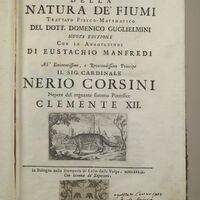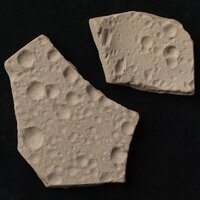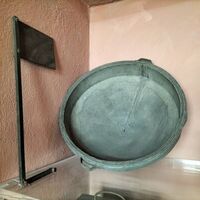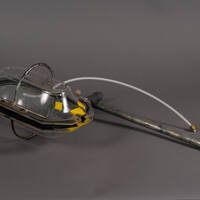Unveiling the Environmental Heritage of University Museums
Climate Research




Climate change and the management of water resources have long been studied in universities. For example, hydrometric research in Bologna began in the seventeenth century with the contribution of experts dealing with the territory's hydrogeological challenges. The problem of controlling water excess (or its scarcity) prompted also the establishment of meteorological stations. In 1723, James Jurin, secretary of the Royal Society of Medicine in London, urged Europe's leading scientists to form an international network of meteorological observations, in order to establish 'a natural history of the air'. Since then, many meteorological stations have continued their observations uninterruptedly. In the nineteenth century interest in climate evolution spread to other scientific fields, including geology, which began to research signs of the prehistoric atmosphere. Interest in climate evolution has prompted the creation of new scientific equipment, such as the cuvette for measuring carbon in trees, which has assisted scientists to clarify the role of forests in climate change. Over the last few decades, researchers have used increasingly comprehensive climate data to reconstruct climate going back at least 540 million years.

![Della natura de' fiumi: trattato fisico-matematico [A physico-mathematical essay on the Nature of Rivers]](https://museum-unveiling.unibo.it/files/large/8862d4d006a01cb22ed0f0792434b888eacbda8b.jpg)


